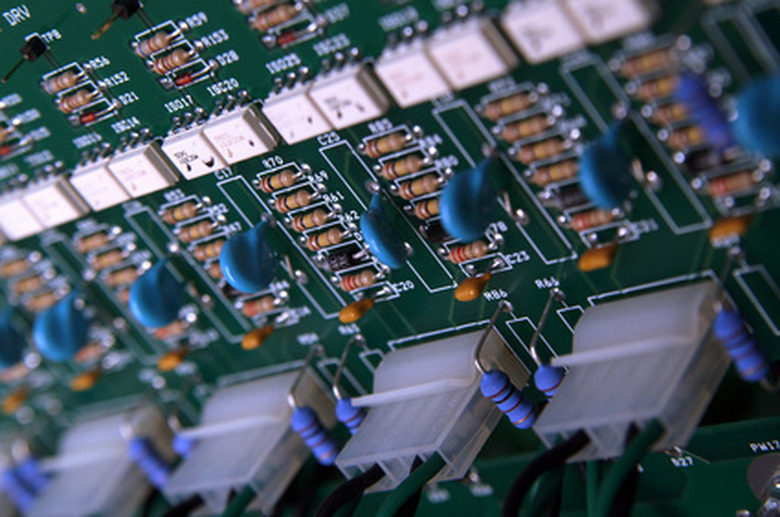Characteristics Of A Diode Detector
Diodes are two-terminal electrical components which conduct electrical current in only one direction. They can be used in receiver circuits to recognize the presence of signals, according to Technical Surveillance Counter Measures (TSCM) and are often applied in the field of radio broadcasting because of their simplicity and efficiency.
Rectification
Rectification
A diode detector allows electrical impulses to pass in only one direction (the forward direction) and blocks current flowing in the opposite direction (the reverse direction). This uni-directionality is a feature of diode detectors and is referred to as "rectification." It is useful for changing alternating current to direct current.
Demodulation
Demodulation
Diode detectors are very efficient demodulators. They work in this way by detecting the envelope of the incoming signal and rectifying it. If the diode is being used purely for signal detection purposes, the polarity of the diode is irrelevant, but if it is also being used to supply the gain control circuit, the polarity does matter.
Sensitivity
Sensitivity
According to the square law of physics, diode detectors with an input voltage of 0.5 have a high sensitivity compared with linear detectors with input voltage values of 0.707. This characteristic links closely with the dynamic range of the diode detector.
Dynamic Range
Dynamic Range
A small dynamic range is characteristic of diode detectors with a 0.5 input voltage, whereas a larger dynamic range results from those diode detectors that have input voltages of 0.707. Log detectors, formed by using a series of amplifiers and diode detectors, have the best signal range (up to 80 decibels) but the poorest sensitivity and an inconvenient, bulky size.
Non-Linear Characteristics
Non-Linear Characteristics
This is a sub-set of diode detector characteristics. These types of characteristics can be changed by altering the way the P-N junction inside the diode is constructed.
Inability To Distinguish Frequency
Inability To Distinguish Frequency
Typical diode detectors cannot distinguish different frequencies, so are often preceded in the circuit by narrow band-pass filters.
Selective Fading
Selective Fading
Demodulation diode detectors are characteristically susceptible to the effects of selective fading common with shortwave broadcasts in the field of radio transmission. Normally, the overall signal received is a combination of the signals received via each path of the transmission, but when the path lengths are different, the propagation may result in certain small bands of signal being removed entirely, which results in fading, distortion and tonal changes of the output signal. Synchronous demodulation produces higher quality broadcasts than shortwave demodulation.
Cite This Article
MLA
Parks, Natasha. "Characteristics Of A Diode Detector" sciencing.com, https://www.sciencing.com/list-7486244-characteristics-diode-detector/. 7 August 2017.
APA
Parks, Natasha. (2017, August 7). Characteristics Of A Diode Detector. sciencing.com. Retrieved from https://www.sciencing.com/list-7486244-characteristics-diode-detector/
Chicago
Parks, Natasha. Characteristics Of A Diode Detector last modified March 24, 2022. https://www.sciencing.com/list-7486244-characteristics-diode-detector/
